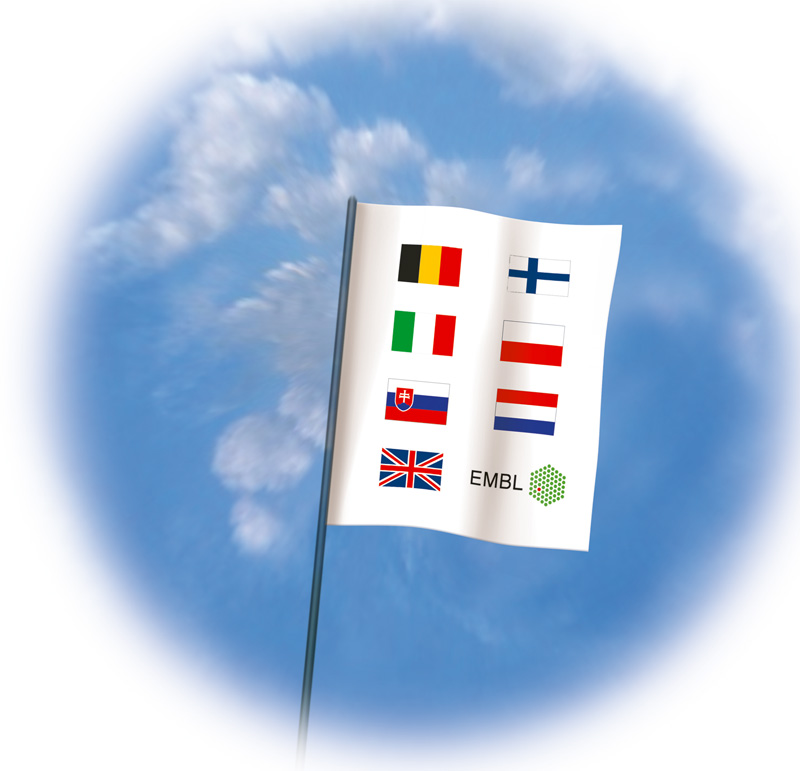Pan-European imaging infrastructure gains momentum
Seven countries and EMBL join forces for Euro-BioImaging

Europe is uniting to make state-of-the-art imaging technologies accessible to biomedical researchers throughout the continent in a concerted manner. The European Molecular Biology Laboratory (EMBL) and seven countries (Belgium, Finland, Italy, Poland, Slovakia, the Netherlands, the United Kingdom) have signed the Euro- BioImaging Memorandum of Understanding. In the coming months, the signatories will work together towards the implementation and construction of this new pan-European infrastructure for imaging technologies. All European countries are invited to participate and several European nations are already set to follow suit.
Imaging plays a crucial role in next generation life science research and its translation into medical applications, but obtaining high-quality images requires advanced technology and expertise, and is very costly. By building an open research infrastructure for imaging technologies in Europe, Euro- BioImaging will enable biological and medical scientists to access the cutting-edge imaging equipment and specialist expertise needed for their research projects.
“This is a very important step for Euro-BioImaging. It marks the transition of the project into the hands of European countries and formalises their interest in making the Euro- BioImaging vision a reality,” says Jan Ellenberg from EMBL, who is Euro-BioImaging’s Scientific Coordinator for biological imaging. “It’s a success based on 3 years of thorough planning by the scientific community, which has delivered a strong and tested infrastructure model.”
The Memorandum is a first formal, albeit non-binding, step towards the implementation and construction of Euro-BioImaging. EMBL and the countries signing the Memorandum will be represented on the Interim Board: the strategic body for negotiating the final governance structure of Euro-BioImaging. Set to be established in March, the Board will work to define an international legal framework and agree on how Euro-BioImaging will be funded in the future.
As a pan-European infrastructure, Euro-BioImaging will be composed of imaging facilities, called Nodes, distributed throughout Europe. These facilities will open their doors to all life science researchers, granting access to state-of-the- art imaging instruments. User access to the Nodes will be supported and coordinated by the Euro-BioImaging Hub, which will also provide image data services and coordinate technology training activities tailored to users’ needs.
Last year, 71 imaging centres from 19 countries expressed their interest in becoming Euro-BioImaging Nodes. Together, these potential Nodes could serve over 2000 research projects, and many proposed Nodes are already under construction, with an overall investment of over 200 million Euros across Europe.



